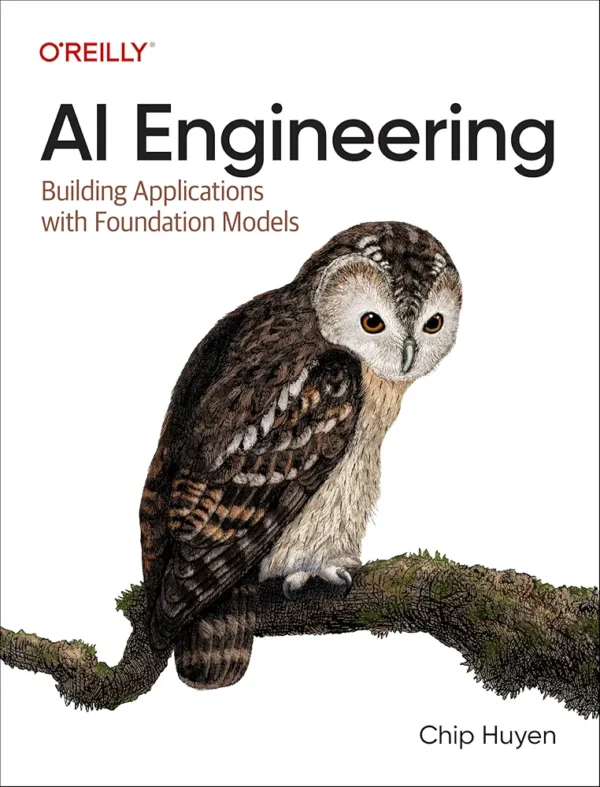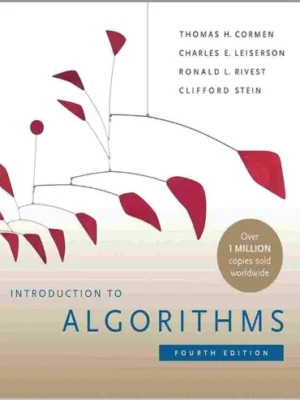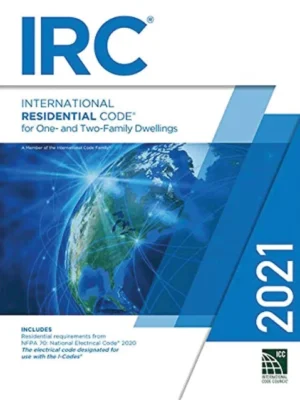Description
This book offers a comprehensive guide for AI application developers, navigating the complex AI landscape and outlining the key differences between AI and traditional ML engineering. As AI continues to be integrated into various applications, understanding the tools, evaluation methods, and development frameworks becomes increasingly essential. The book addresses the growing importance of model evaluation, highlights common challenges, and presents practical strategies for developing and deploying AI applications.
Key Points:
AI Engineering Overview: Explains how AI engineering differs from traditional ML engineering and introduces the new AI stack.
Evaluation Importance: As AI usage increases, so do the risks of catastrophic failures, making robust evaluation techniques crucial.
AI-as-a-Judge: Explores the emerging AI-as-a-judge approach for evaluating open-ended models.
Navigating the AI Landscape: Developers will learn about models, datasets, benchmarks, and the multitude of use cases in the AI field.
AI Application Development Framework: Outlines a step-by-step process for developing AI applications, from simple techniques to more sophisticated methods, with a focus on efficient deployment.
Model Adaptation Techniques: Covers key techniques like prompt engineering, RAG, fine-tuning, agents, and dataset engineering, explaining their functionality and relevance.
Addressing Latency and Cost: Explains how to manage bottlenecks related to latency and cost when serving foundation models.
Selecting the Right Tools: Guidance on choosing the appropriate model, dataset, evaluation benchmarks, and metrics for specific AI needs.










Reviews
There are no reviews yet.